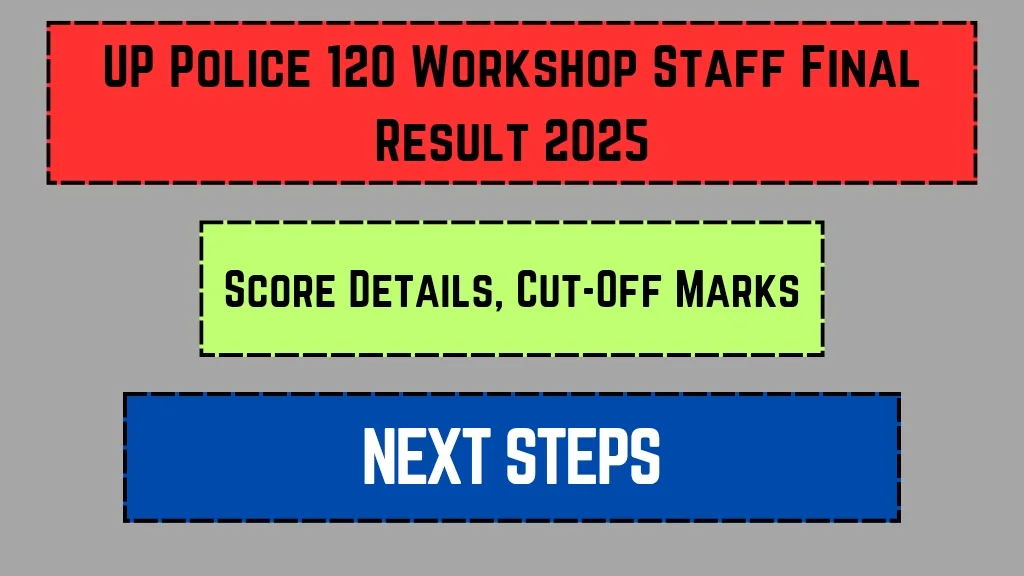Embarking on the journey to secure a position through the Staff Selection Commission’s Multi-Tasking Staff (SSC MTS) examination can be both exciting and daunting. Understanding the selection process is crucial to streamline your preparation and boost your confidence. Let’s delve into the comprehensive stages of the SSC MTS Selection Process 2025, ensuring you’re well-equipped to tackle each phase.
Key Highlights of SSC MTS Selection Process 2025
| Aspect | Details |
|---|---|
| Organization Name | Staff Selection Commission (SSC) |
| Exam Name | SSC MTS 2025 |
| Stages | 1. Computer-Based Examination (CBE) 2. Physical Efficiency Test (PET)/Physical Standard Test (PST) (only for Havaldar posts) 3. Document Verification (DV) |
| Negative Marking | Session-I: No negative marking Session-II: 1 mark deducted for each wrong answer |
| Exam Duration | Session-I: 45 minutes Session-II: 45 minutes |
| Languages | Hindi, English, and 13 regional languages |
| Official Notification Release | January 2025 |
| Official Website | ssc.nic.in |
Stage 1: Computer-Based Examination (CBE) 🖥️
The first hurdle in the SSC MTS selection process is the Computer-Based Examination, meticulously designed to assess a candidate’s aptitude across various domains.
Exam Structure:
| Session | Subject | Number of Questions | Maximum Marks | Duration |
|---|---|---|---|---|
| Session-I | Numerical and Mathematical Ability | 20 | 60 | 45 mins |
| Reasoning Ability and Problem-Solving | 20 | 60 | ||
| Session-II | General Awareness | 25 | 75 | 45 mins |
| English Language and Comprehension | 25 | 75 |
Marking Scheme:
- Session-I: Each correct answer awards 3 marks. Notably, there’s no penalty for incorrect answers in this session, encouraging candidates to attempt all questions without the fear of negative marking. citeturn0search0
- Session-II: Similar to Session-I, each correct response grants 3 marks. However, caution is advised as each incorrect answer results in a deduction of 1 mark. This negative marking underscores the importance of accuracy in this session. citeturn0search0
Stage 2: Physical Efficiency Test (PET)/Physical Standard Test (PST) 🏃♂️
Candidates eyeing the Havaldar posts must clear the PET/PST, designed to evaluate physical fitness and endurance.
Physical Efficiency Test (PET):
| Gender | Task | Criteria |
|---|---|---|
| Male | Walking | 1600 meters in 15 minutes |
| Cycling | 8 km in 30 minutes | |
| Female | Walking | 1 km in 20 minutes |
| Cycling | 3 km in 25 minutes |
Physical Standard Test (PST):
| Gender | Measurement | Criteria |
|---|---|---|
| Male | Height | 157.5 cm |
| Chest | 76 cm (unexpanded) | |
| Female | Height | 152 cm |
| Weight | Minimum 48 kg |
These standards ensure that candidates possess the necessary physical attributes to perform the duties associated with the Havaldar role effectively. citeturn0search2
Stage 3: Document Verification (DV) 📄
The final stage, Document Verification, is pivotal in authenticating a candidate’s credentials. It’s imperative to present original documents to substantiate claims made during the application process. Essential documents include:
- Aadhaar Card or e-Aadhaar printout
- Voter ID
- PAN Card
- Passport
- Driving License
- Government-issued School/College ID
- Employer ID (if applicable)
- Matriculation Certificate
- Educational Qualification Certificates
- Caste/Category Certificate (for reserved categories)
- Persons with Disabilities Certificate (if applicable)
- Relevant documents for Ex-Servicemen
- No Objection Certificate (for government employees)
Ensuring the accuracy and authenticity of these documents is crucial, as discrepancies can lead to disqualification. citeturn0search2
Real-Life Success Story: Navigating the SSC MTS Journey
Consider the journey of Priya Sharma, a determined aspirant from a modest background. With unwavering dedication, she meticulously prepared for each stage of the SSC MTS selection process. Leveraging online resources and mock tests, Priya excelled in the CBE. Her commitment to physical fitness ensured she cleared the PET with flying colors. Today, Priya serves as a Havaldar, inspiring countless others with her story of perseverance and strategic preparation.
Expert Insights: Strategies for Success
To shed light on effective preparation strategies, we consulted seasoned educators and previous SSC MTS qualifiers:
- Rajesh Kumar, SSC Coach: “Understanding the exam pattern is half the battle won. Candidates should focus on strengthening their basics in mathematics and reasoning. Regular practice and time management are key to cracking the CBE.”
- Anita Verma, Former SSC MTS Qualifier: “Consistency is crucial. I dedicated specific hours daily to each subject and took regular mock tests. This not only built my confidence but also highlighted areas needing improvement.”
Research-Backed Preparation Tips 📚
Empirical studies on competitive exam preparations emphasize:
- Active Recall: Engaging in practices like flashcards enhances memory retention.
- Spaced Repetition: Distributing study sessions over time improves long-term recall.
- Mock Testing: Simulating exam conditions through mock tests boosts performance and reduces anxiety.
Incorporating these evidence-based techniques can significantly elevate a candidate’s preparation, aligning with the demands of the SSC MTS examination.
Conclusion: Charting Your Course
The SSC MTS Selection Process 2025 is a well-structured pathway designed to identify competent individuals for multifaceted roles. By comprehending each stage—be it the analytical challenges of the CBE, the physical demands of the PET/PST, or the meticulousness required during Document Verification—candidates can tailor their preparation effectively. Drawing inspiration from successful aspirants and integrating expert advice, a strategic and disciplined approach can transform aspirations into achievements. Remember, every step taken in preparation is a step closer to success.






